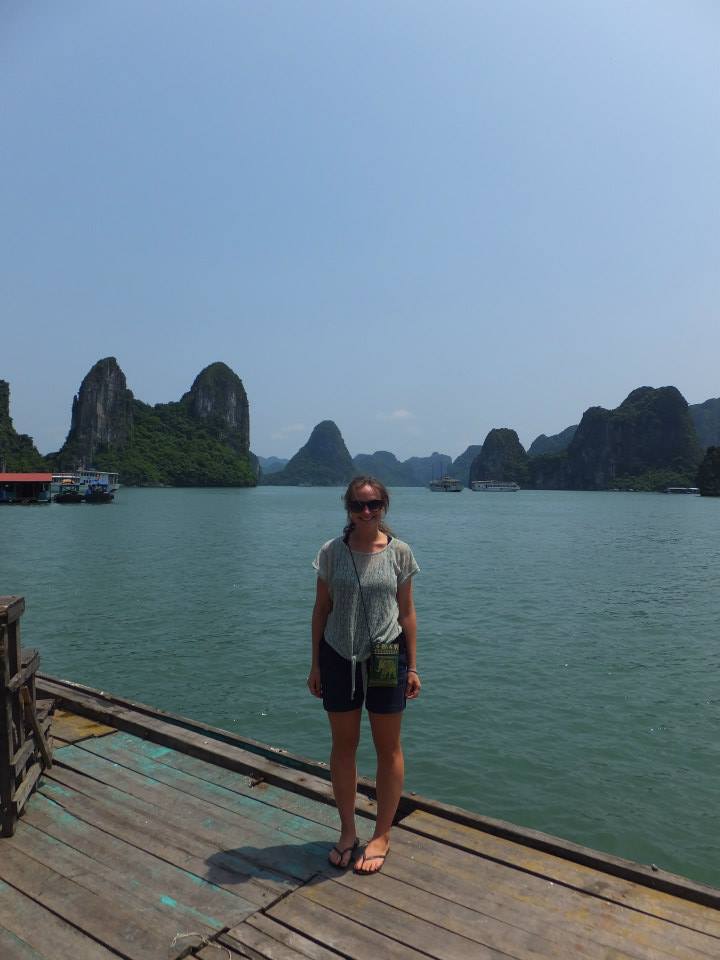Naypyidaw: The world's weirdest capital city?

What is the world’s weirdest capital city? Pyongyang, North Korea? Astana, Kazakhstan? Nope, none of the above. The world’s weirdest capital city is Naypyidaw, Myanmar.
Where?!
That’s right – if you thought the capital of Burma was Yangon (formerly Rangoon), you’re dead wrong. But don’t worry; so is just about everybody else in the world.
A history of change
Burma has a long history of changing capital cities. Back in the day, this wasn’t all that uncommon – particularly in Buddhist countries where the capital was traditionally changed whenever a ruler died. As empires rose and fell across Southeast Asia, invasions swept across the continent, kingdoms merged and split and faded into obsolescence, and Burma ended up with a string of different capital cities.
The longest-serving of all Burmese capitals was Pagan (now known as Bagan), which presided over a 447-year golden age of civilization and temple-building on the dry plains of central Myanmar. Following close behind at 354 years was Mrauk U, a city on Burma’s western fringes and the country’s second-most important archaeological site. But aside from these big players, the majority of Burmese capitals were not particularly long-lived at all.
Toungoo, for instance, served as the capital of Burma for just one year and 61 days. Many others only just made it past the two-year mark, and more still hover in the region of 10-20 years: small fry compared to the glorious civilization of Bagan.
Some cities became capital more than once: Amarapura served twice, in stints separated by 21 years; Pegu (now Bago) and Ava each served no fewer than five times, and even lowly Toungoo got a second shot at the big time.
My point is: in Burma, no capital is safe.

Bagan: Burma's greatest capital (Photo: Lesley & Alistair Greenhill)
The end of an era
By 2005, Yangon had been the capital of Burma for a grand total of 143 years (with a couple of intermissions during and after the Second World War). With its great golden centerpiece, Shwedagon Pagoda, and its impressive clutch of grand colonial buildings, it had a level of pomp befitting a capital city, and there was nothing to suggest that any of that would change.
But unbeknownst to – well, practically everybody – Yangon’s days as the political and administrative heart of Burma were numbered. In 2005, for reasons that are still incomprehensible to anyone and everyone, Burma’s then-military government upped sticks and moved the capital from bustling Yangon to... Naypyidaw.

Yangon remains Burma's biggest and most important city
A new age dawns
Constructed in secret since 2002, Naypyidaw is (to put it mildly) in the back end of absolutely nowhere. Covering a colossal 4,800 kilometers – six times the area of New York City – this great concrete behemoth squats ominously in the middle of plains filled with rice paddies and sugarcane fields, 400 kilometers from Yangon and another 300 from Mandalay. The Guardian memorably describes it as “like an eerie picture of post-apocalyptic suburban America; like a David Lynch film on location in North Korea”, and boy – they’re not wrong. (Read more).
When Top Gear visited Naypyidaw in 2014, they played football in the middle of deserted 20-lane highways. Ubiquitous street sweepers roam the city’s grand avenues, clearing up after non-existent residents. Even politicians and diplomats, who moved here at the behest of their leaders in 2005, commute from their homes in Yangon rather than settle in this vast, concrete wasteland.
But why did they build it?

Grand but empty: Naypyidaw's public buildings (Photo: Alex Shaw)
The mystery of Naypyidaw
Ever since its construction, Naypyidaw has been surrounded by controversy. There are rumors that the North Koreans helped build a warren of secret passages beneath the streets of the capital (for what purpose – who knows?), and in 2006 a writer for a religious magazine was imprisoned for three years just for taking photos in the city. And then there’s the fact that the Burmese military forcibly relocated four villages to clear space for construction– a fact that hasn’t been forgotten by those who saw their homes disappear.
Nobody really knows what prompted the Burmese government to sink a reported $4bn into building the world’s biggest ghost town. Was it the vanity project a delusional Than Shwe, Burma’s very own mad king? Was a paranoid response to imagined threats of an American invasion by sea? Or did Burma’s leaders intend to hide from the ever-present possibility of popular uprisings?
Whatever the real reasoning behind the move, it’s fair to say that it didn’t really catch on. Over ten years later, Naypyidaw stills stands eerily deserted, the wind whistling along its shoddily-constructed highways and tumbleweed bouncing between its palatial, pastel-colored mansions. Yangon remains the vibrant hub of the country, and people still scratch their heads in bemusement whenever Naypyidaw’s name is uttered.

Naypyidaw's religious sites lack the history of Shwedagon Pagoda (Photo: Alex Shaw)
Take a walk on the weird side
I may not have given you a shining impression of Naypyidaw, and indeed few travelers make time for it in their itineraries – but a growing number are deciding to branch out from the standard tourist trail in order to see all this strangeness for themselves. It’s certainly quite unlike anything else you’ll see – probably ever – and offers an insight into the monumental hubris of Burma’s dictators. It’s certainly something to write home about!
Please note that we currently do not offer trips to Burma, but you can still experience Asia's rich history, talk to one of our Asia vacation specialists today.




